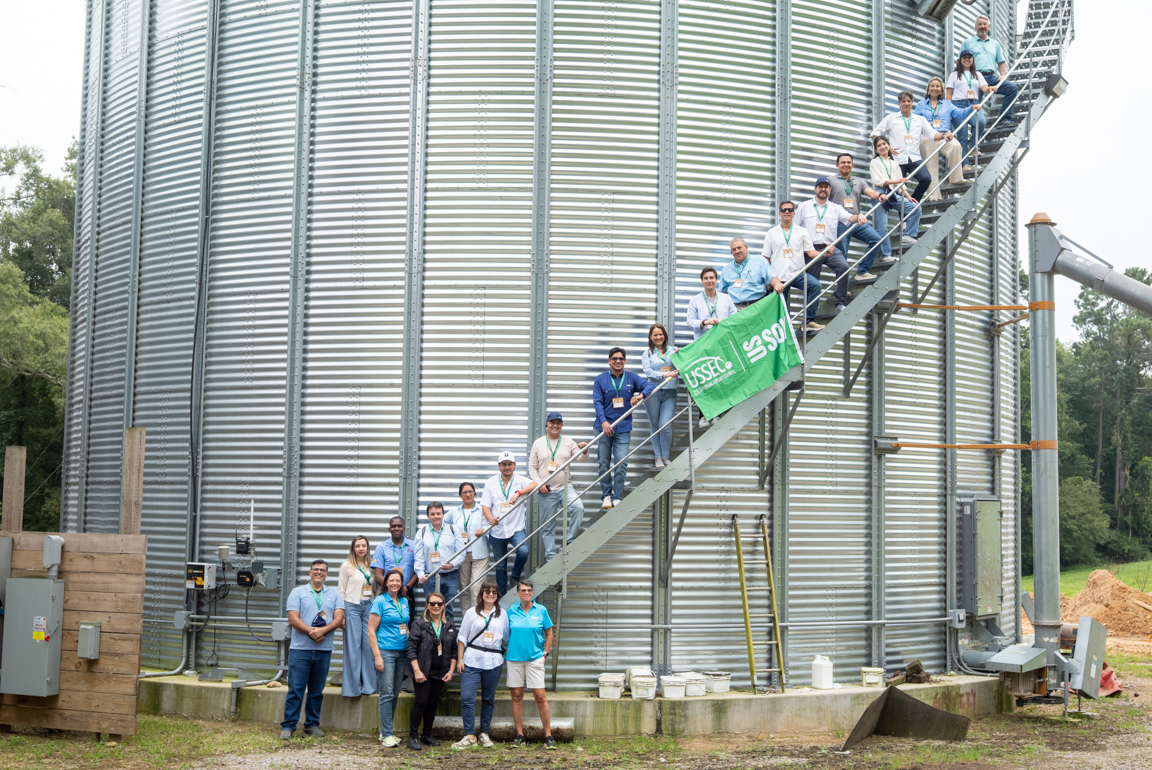Health Benefits Drive Food-Company Demand for High Oleic

As food companies continue to eliminate trans fats from their products, high oleic soybean oil is becoming a more popular alternative. High oleic soybean oil contains less saturated fat than commodity soybean oil and no trans fat. Here, registered dietitians Joy Blakeslee and Lisa Kelly discuss the benefits of high oleic soybean oil and how those benefits lead to greater demand for U.S. soy. However, in order for food companies to make the switch to high oleic soy, they need to see that farmers are committed to planting the varieties and providing an abundant supply of the oil.
Q: Why would food manufacturers be interested in high oleic soybean oil?
Kelly: Partially hydrogenated oils contain trans fats. Policy changes in recent years have led to trans-fat labeling and mandates to eliminate partially hydrogenated oils from the food supply. Due to that, high oleic soybean oil plays a critical role in providing food companies with a product that has the functionality they need without using partially hydrogenated oils.
Blakeslee: There are many reasons for companies to use high oleic soybean oil, including because it is an American-grown product, supporting American agriculture. There is a large soybean-growing area with potential to supply the entire industry’s demand. Chefs and food manufacturers are testing high oleic soybean oil to make sure it performs well. High oleic soybean oil has shown to be superior to the best high-stability oils the industry currently uses.
Q: What type of products are best suited to high oleic soybean oil?
Kelly: Anything that requires high heat, such as deep frying, is definitely the best application for high oleic soybean oil. However, in the future, you’ll see spray coatings on crackers or cereals to prevent them from sticking. The future is really broad for high oleic soybean oil. Some of these applications are still using partially hydrogenated oils and looking to move past that.
Q: What are users of high oleic soybean oil saying about their experience?
Blakeslee: We have gotten high oleic soybean oil into the hands of chefs and food-service operators. They are praising the golden-brown consistency from the time it’s put into the fryer until the time it is taken out.
Kelly: There is scientific data comparing high oleic soybean oil with other oils. High oleic soybean oil performs, at minimum, on par with the others. But in most cases, it performs significantly above other high oleic oils, including canola. I am really excited for the potential usage of high oleic soybean oil and the vast acreage to grow it.
Q: Has any research been done on high oleic soybean oil?
Kelly: The United Soybean Board, food companies and state partners supported a human clinical study of high oleic soy. The data is still being compiled and will hopefully be available by the end of the year. This study is an important step to show the human benefit of high oleic soybean oil. Once we are able to show the health benefits of high oleic soybeans, it will be another selling point of high oleic soybean oil. The future is looking bright from a human-health standpoint.



